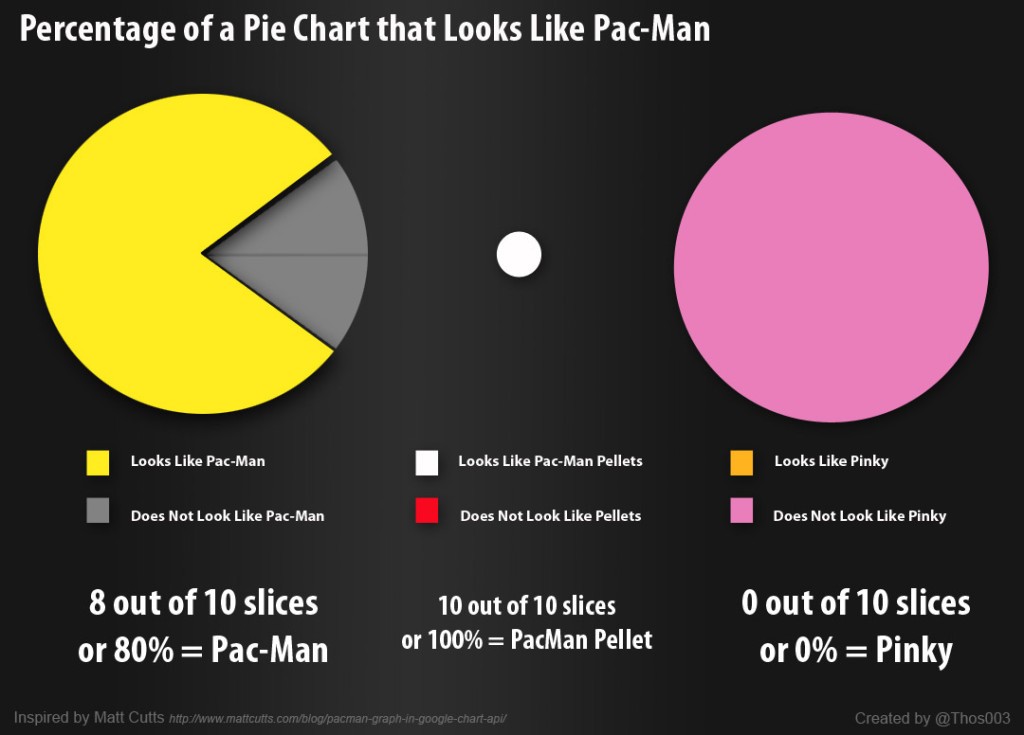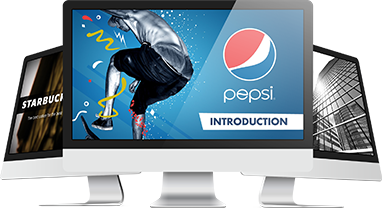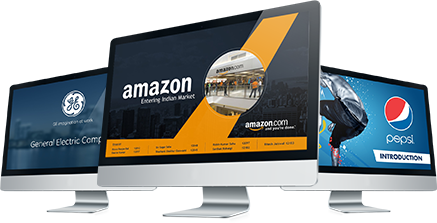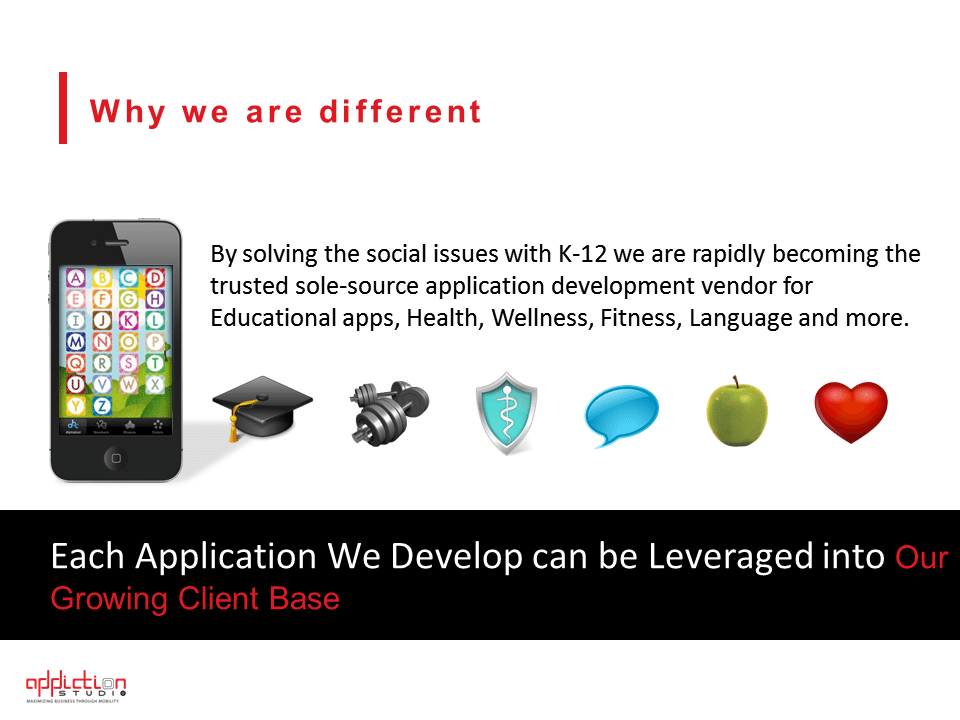Did your last sales pitch end with blank stares from the audience? If your answer is a loud and desperate ‘yes’, it’s time to consider a new strategy. Luckily, there’s a classic marketing trick that will help sustain audience engagement throughout your pitch. It’s called the AIDA method.
The AIDA method was first developed in 1898. It proves its longevity as it continues to provide an effective framework for marketing efforts. Utilize it for your next sales pitch.
What is AIDA?
AIDA is an acronym that stands for Attention, Interest, Desire, and Action. Basically, it serves as a framework for any type of content that aims to persuade, engage, and convert readers or viewers. For pitches, you start by grabbing the attention of your audience then move to building their interest.
When that’s done, you strive to make an emotional connection. This will eventually lead to positive response.
How exactly does AIDA work? Let’s break down each component of the method to see how it can improve your sales pitch:
A – Attention
Set up your pitch by introducing the problem your product or service can solve. Be creative with your approach. You can do it by describing a hypothetical scenario your audience can relate with. You can also start with shocking statistics. If you’re feeling brave, try integrating humor through a short anecdote. Another thing you can do is to ask your audience a thought-provoking question.
I – Interest
With your audience hooked, it’s time to dig a little bit deeper. Talk about the special features of your product or service. Provide them with information that’s backed by proof. If your product allows it, give your audience a short demonstration. This is your chance to impress your audience with case studies and facts gathered through research. The key is to build a strong case.
D – Desire
This step of the AIDA method is closely related to the previous one. After you sustain interest with hard facts, you have to generate a strong emotional connection. You want your audience to realize that you have the best solution to their problems. Continue explaining the features of your product or service, but frame the discussion in a way that’s a bit more personalized for your audience. Explain the advantages of your offer, and how that could benefit them. You can also show them a video of testimonials from relatable clients and customers.
A – Action
If you were able to sustain interest and create an emotional connection, the last step of the AIDA method will be easy to accomplish. After you’ve convinced your audience that your product/service is something they need, persuade them to take action. Take inspiration from advertisers who use a sense of urgency in their commercials. For your pitch, give the audience a call to action that’s straight to the point.
Reference
“What Is AIDA?” About.com Money. Accessed August 19, 2014.
Featured Image: Flazingo Photos via Flickr












